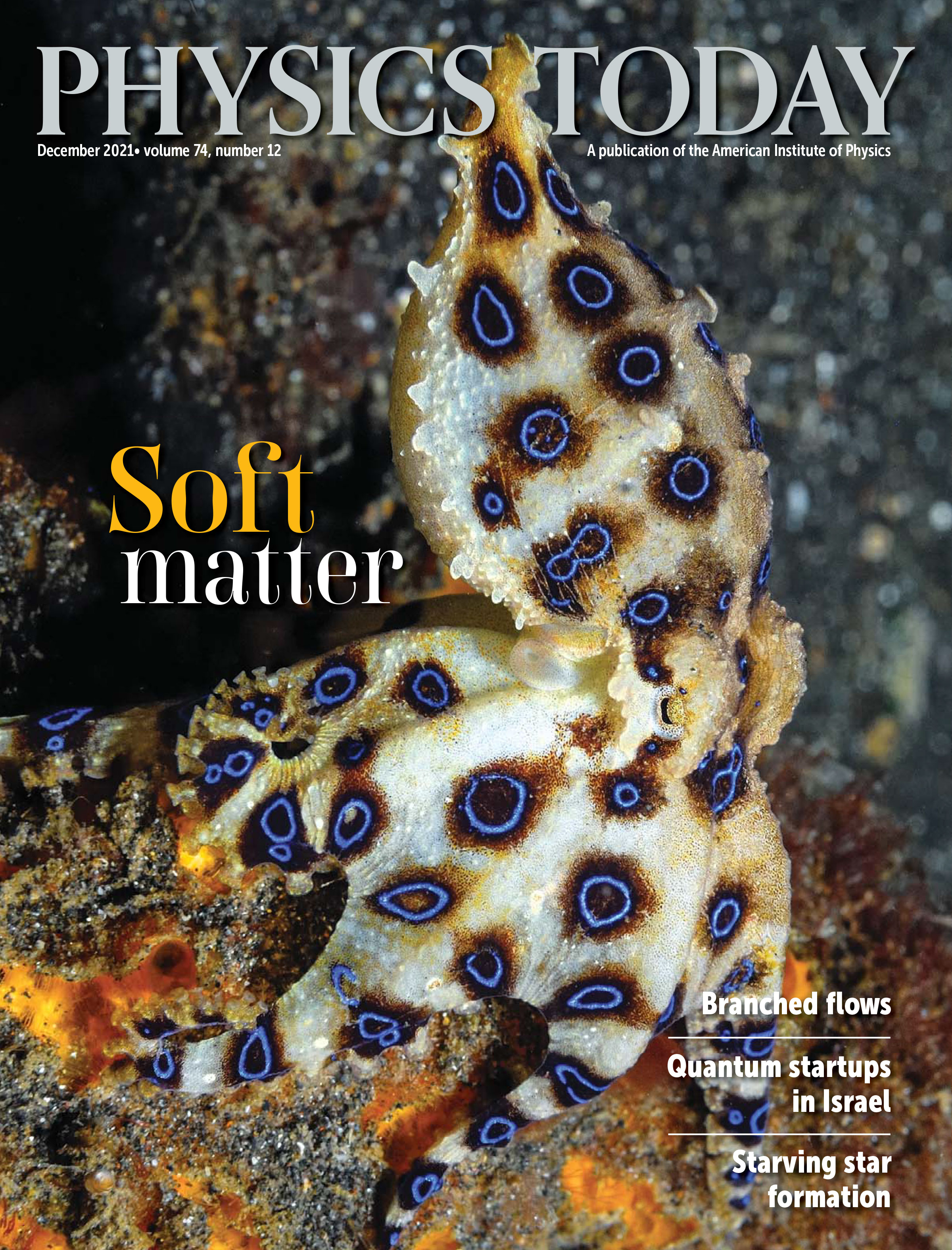December 2021 Issue of Physics Today Now Available

Hua Liu American Astronomical Society (AAS)
Physics Today, the flagship publication of the American Institute of Physics (AIP), is the most influential and closely followed physics magazine in the world. With authoritative features, full news coverage and analysis, and fresh perspectives on technological advances and groundbreaking research, Physics Today informs readers about science and its role in society. Members of the AAS, an AIP Member Society, automatically receive free print and online subscriptions to the magazine. Physics Today Online, the magazine’s internet home, presents an enhanced digital edition and provides a valuable online archive.
 In the December 2021 Issue
In the December 2021 Issue
Subsurface Imaging Shows Scale of the Tragedy of Indigenous Children
Archaeologists and geophysicists in Canada are trying to pinpoint the signatures of unmarked burials by using geophysical methods in varied terrains. — Rachel Berkowitz
Biological Tissues as Mechanical Metamaterials
How can researchers geometrically tune the extent to which a material embodies a stiff or flexible structure? — Amanda Parker
Branched Flow
In many kinds of irregular media, propagating waves enter a beautiful and relatively neglected regime called branched flow. It affects sound, light, water, and matter waves over vastly different length scales. — Eric Heller, Ragnar Fleischmann, and Tobias Kramer
Ten Billion Years Ago, Galaxies Were Already Running Out of Gas
A look into the distant reaches of the universe offers clues about when, why, and how star formation shuts off. — Johanna L. Miller
Israel Has Become a Powerhouse in Quantum Technologies
A supportive government, available capital, and world-class academic institutions are some of the factors behind the nation’s quantum ascendance. — David Kramer
The Quantum Mechanics of Viscosity
Although a liquid’s viscosity depends strongly on temperature and pressure, its minimum value is fixed by fundamental physical constants. — Kostya Trachenko & Vadim Brazhkin

